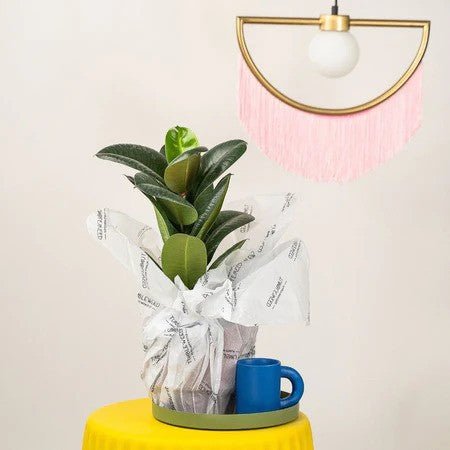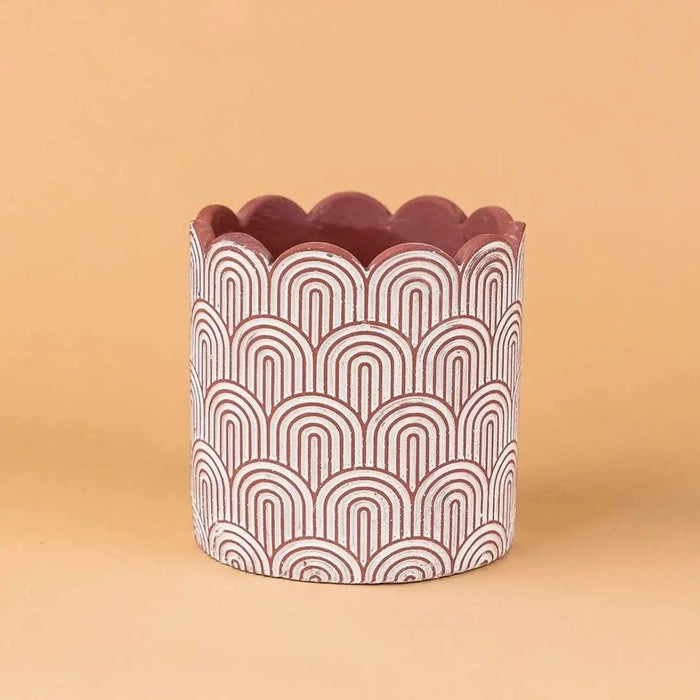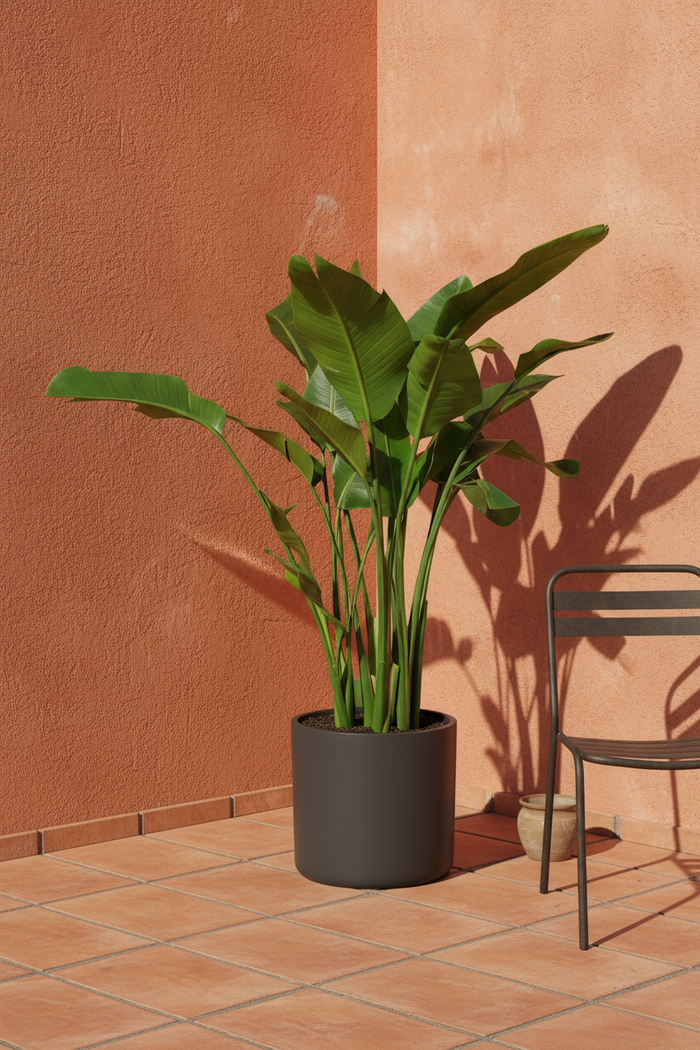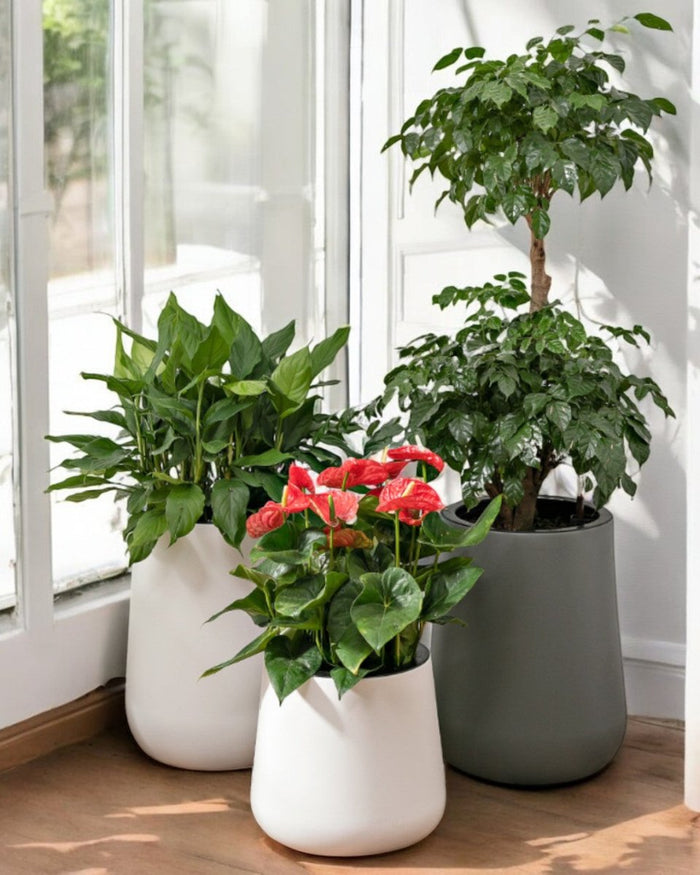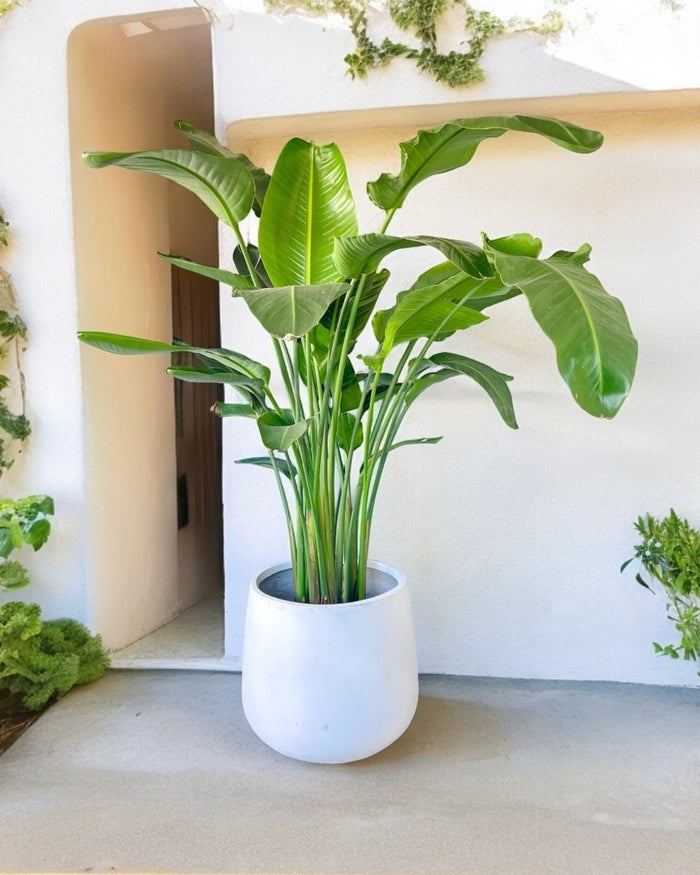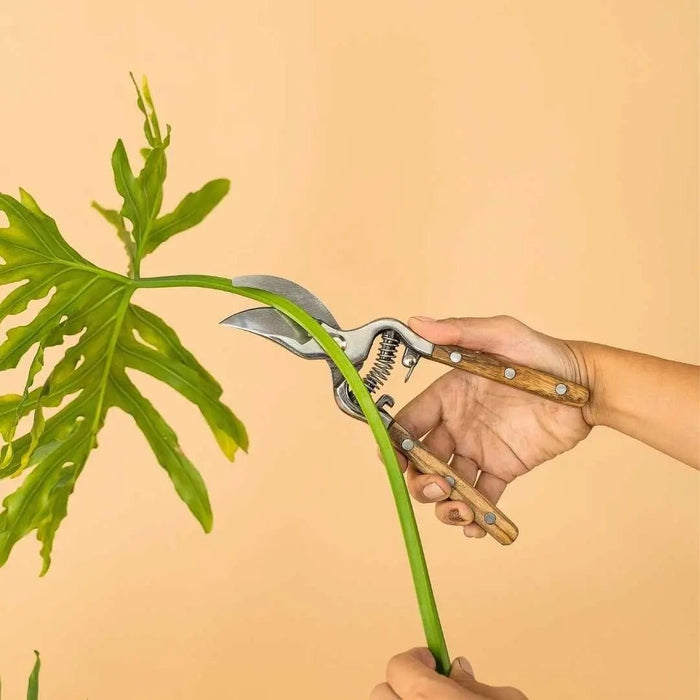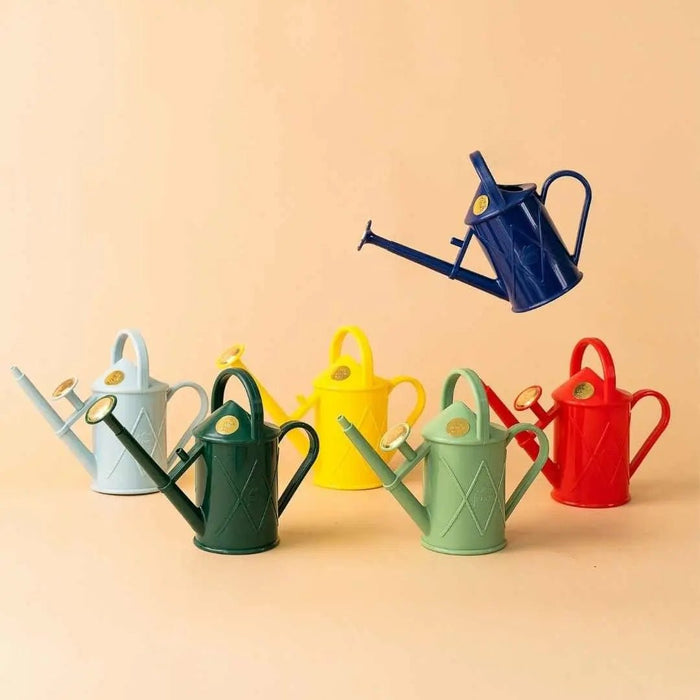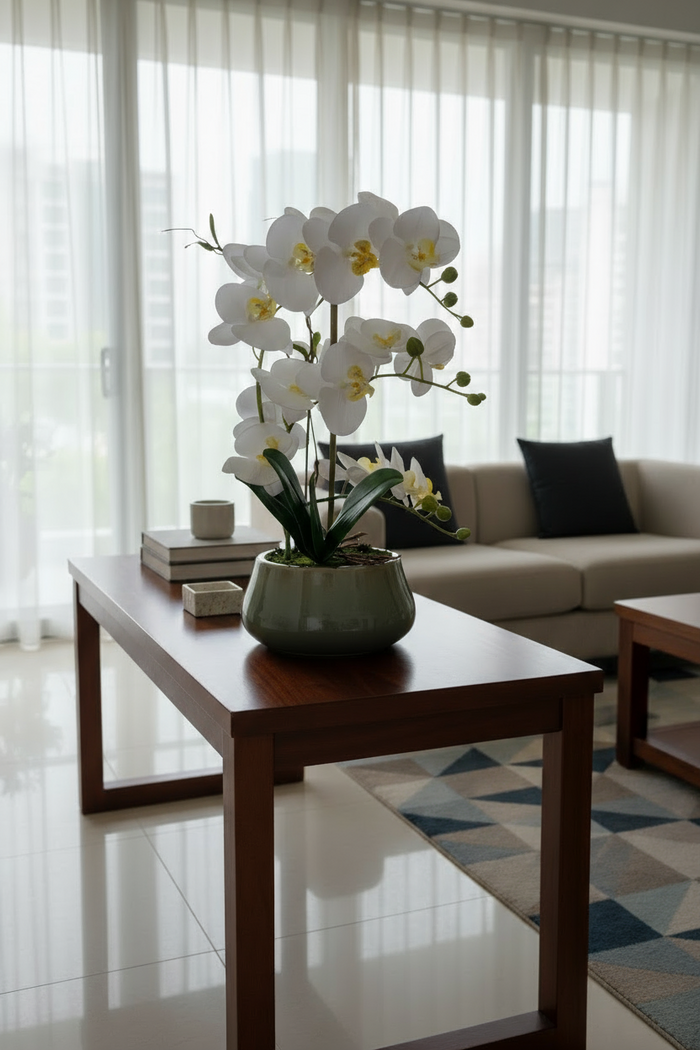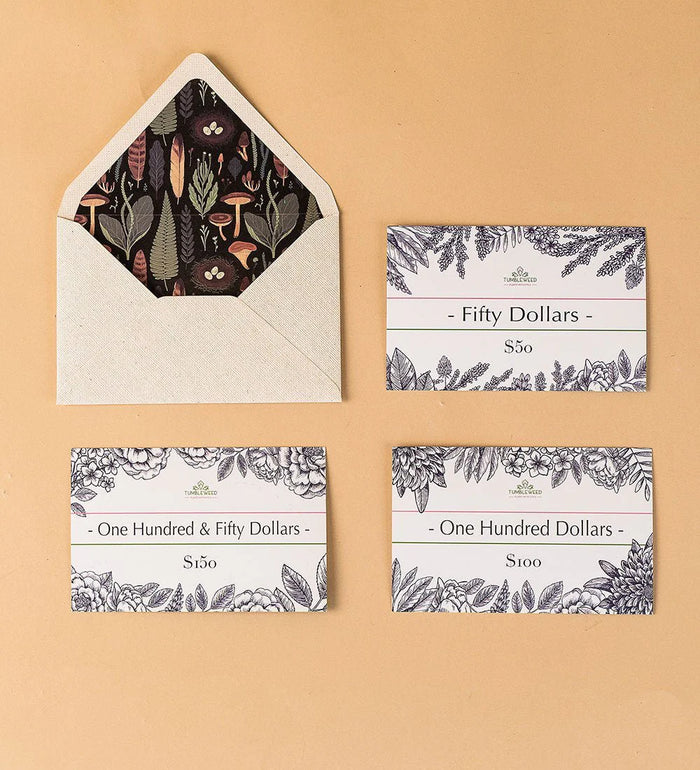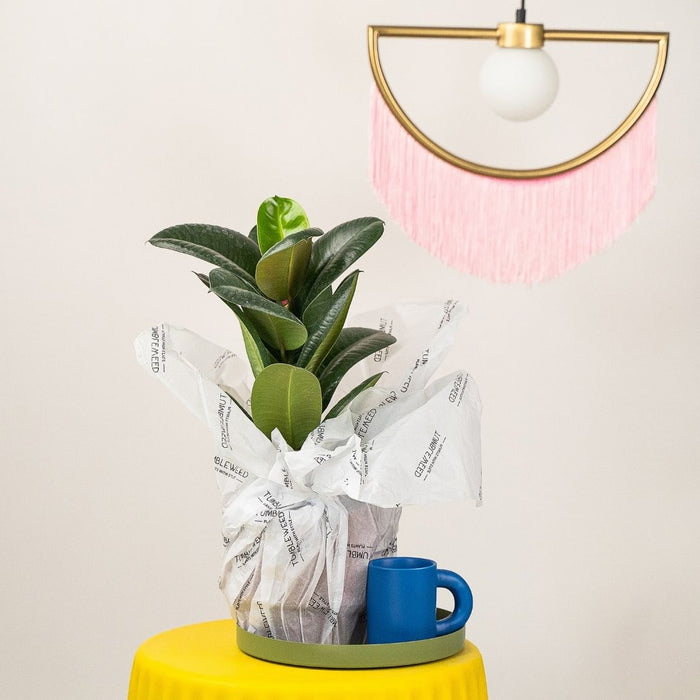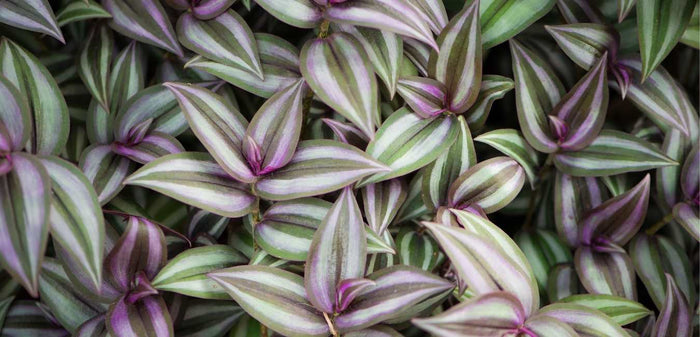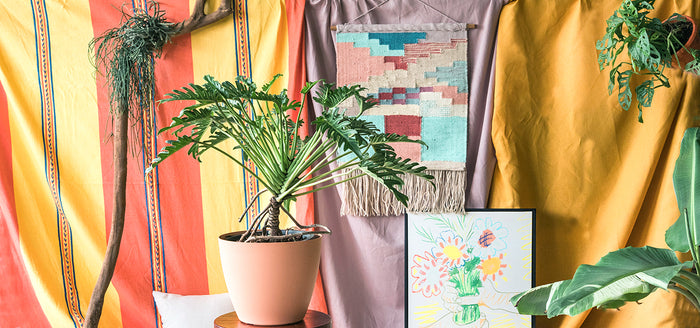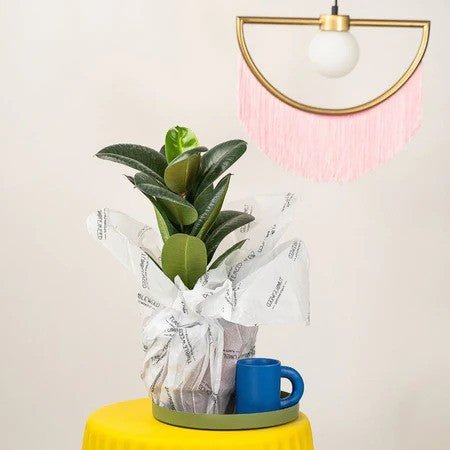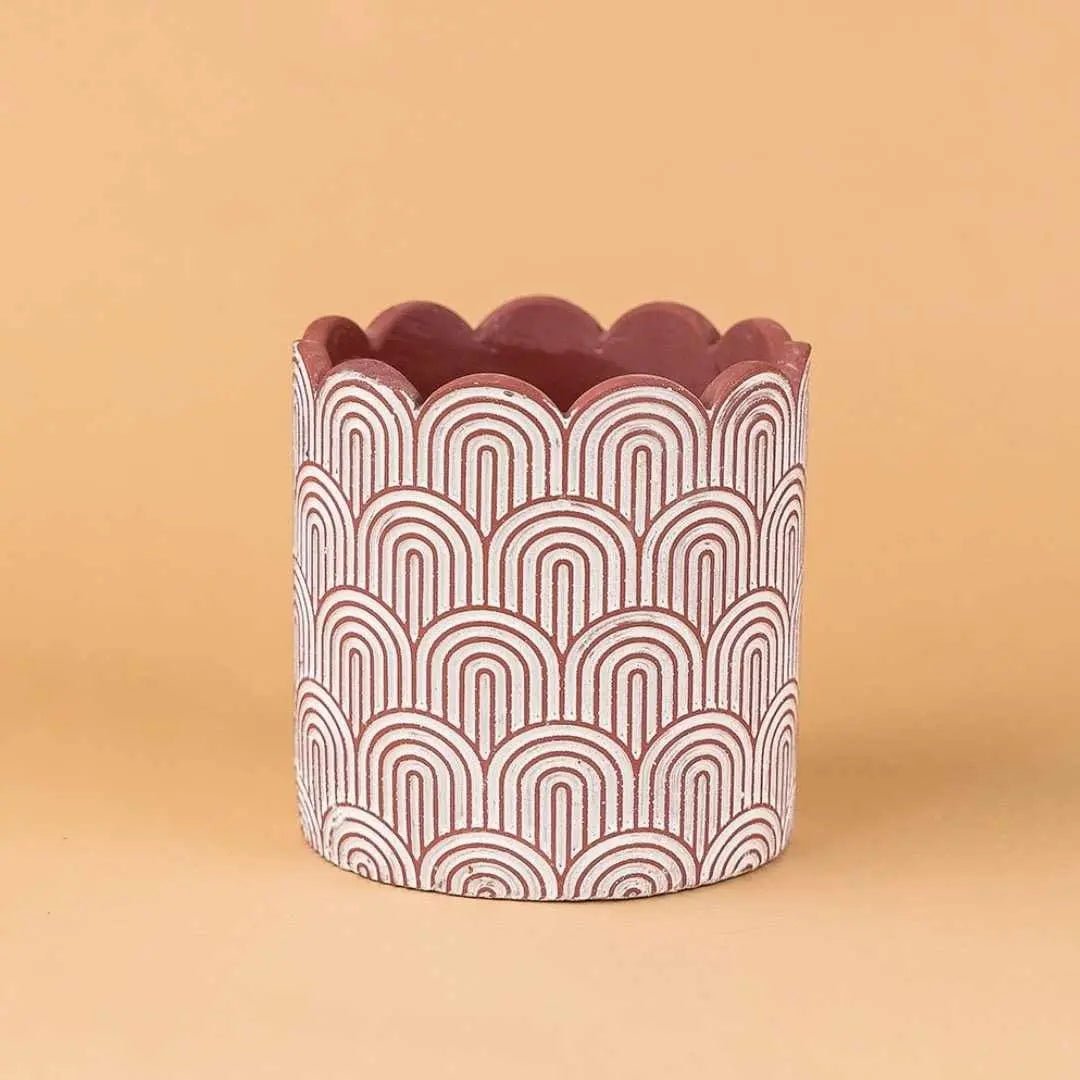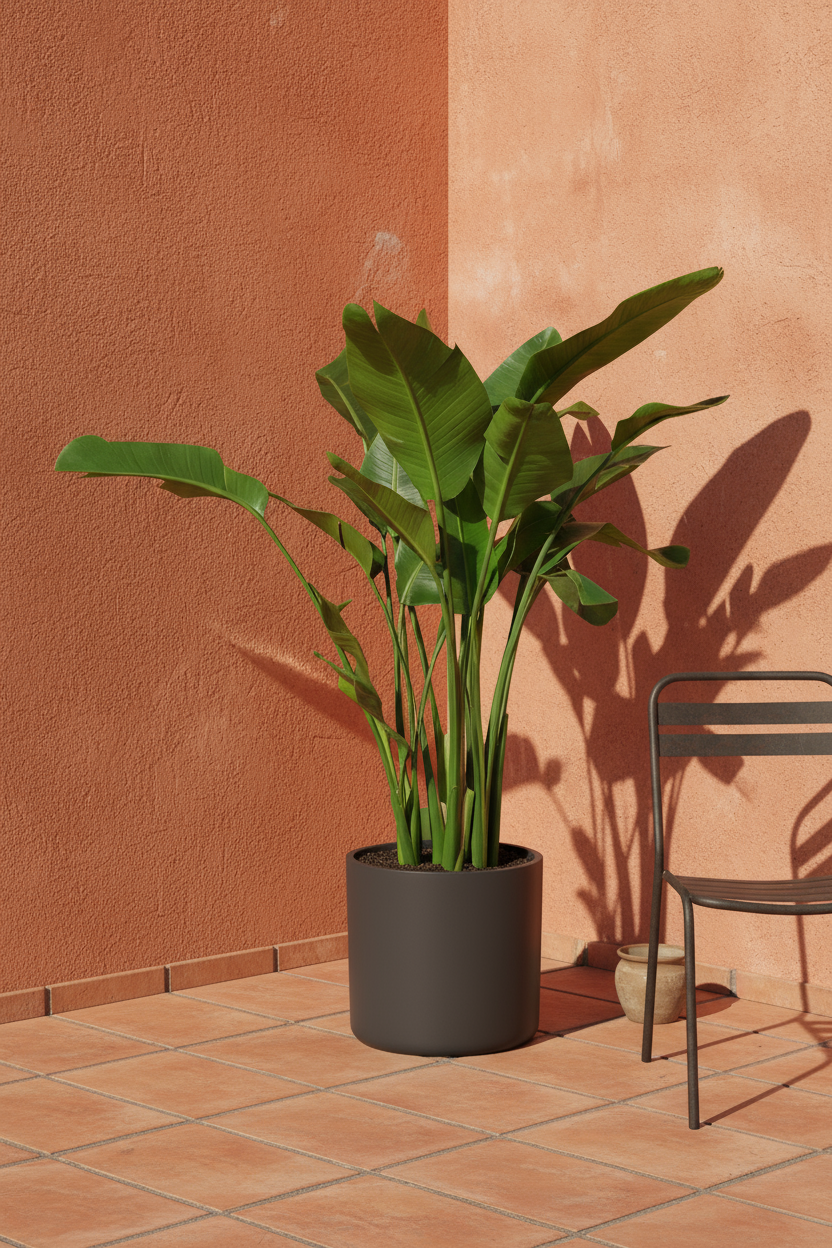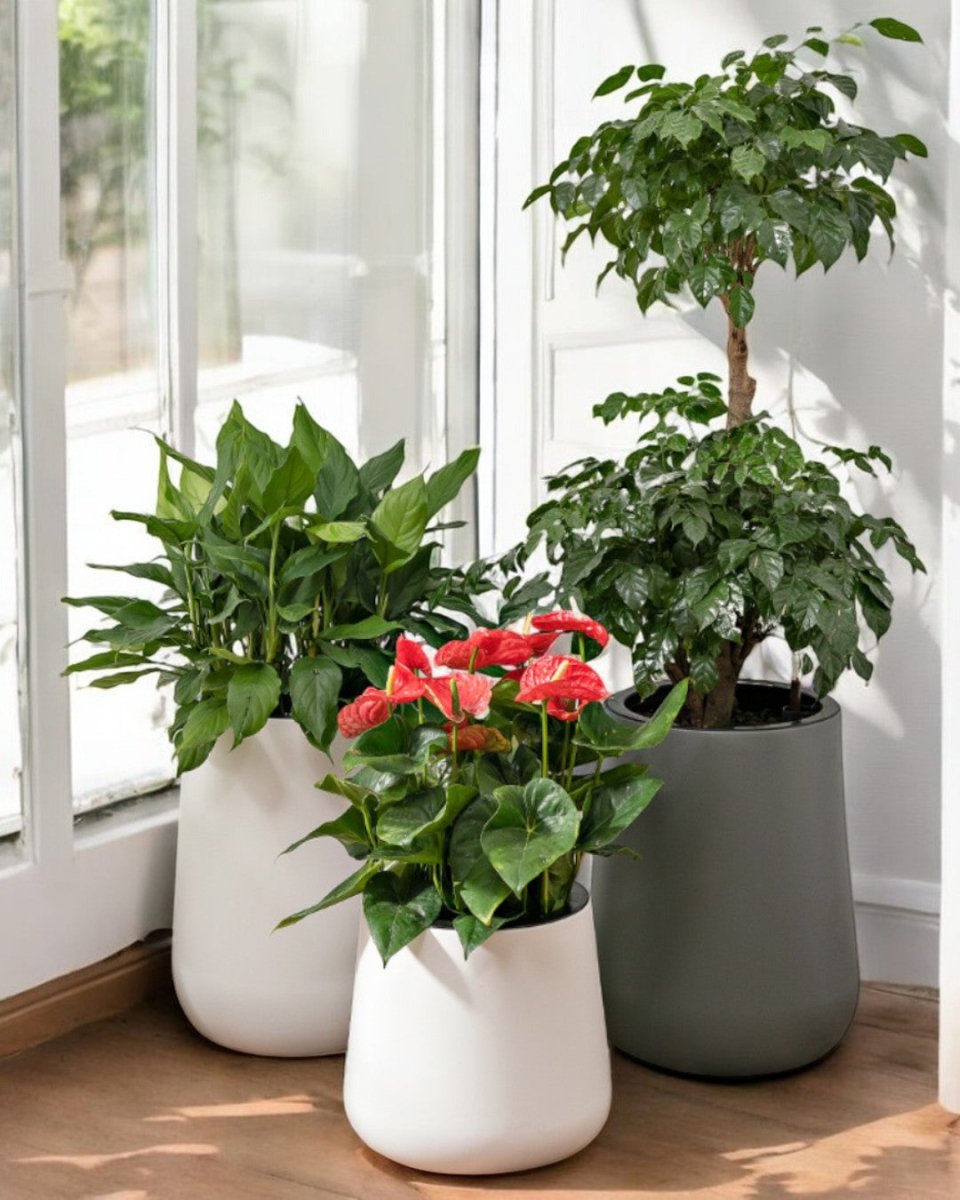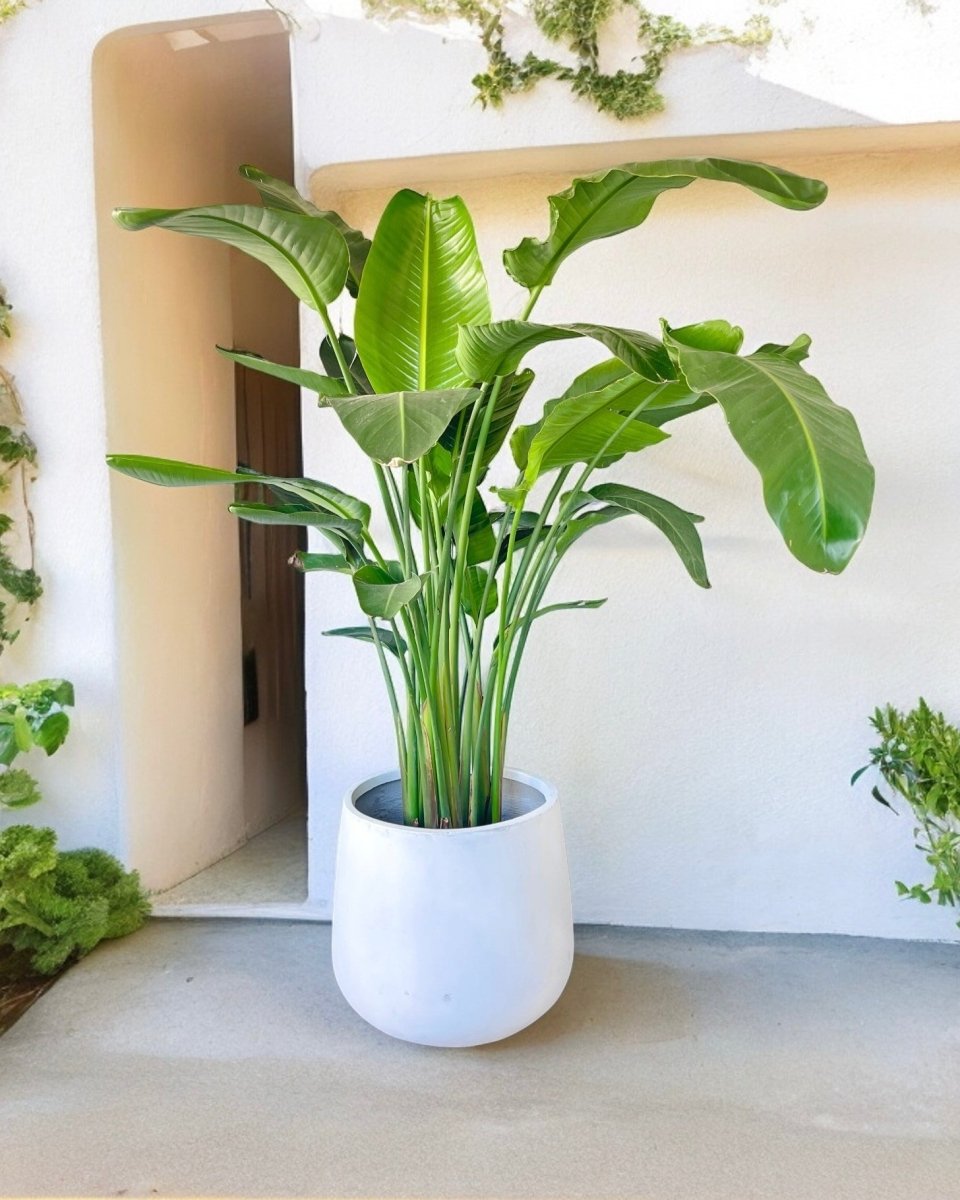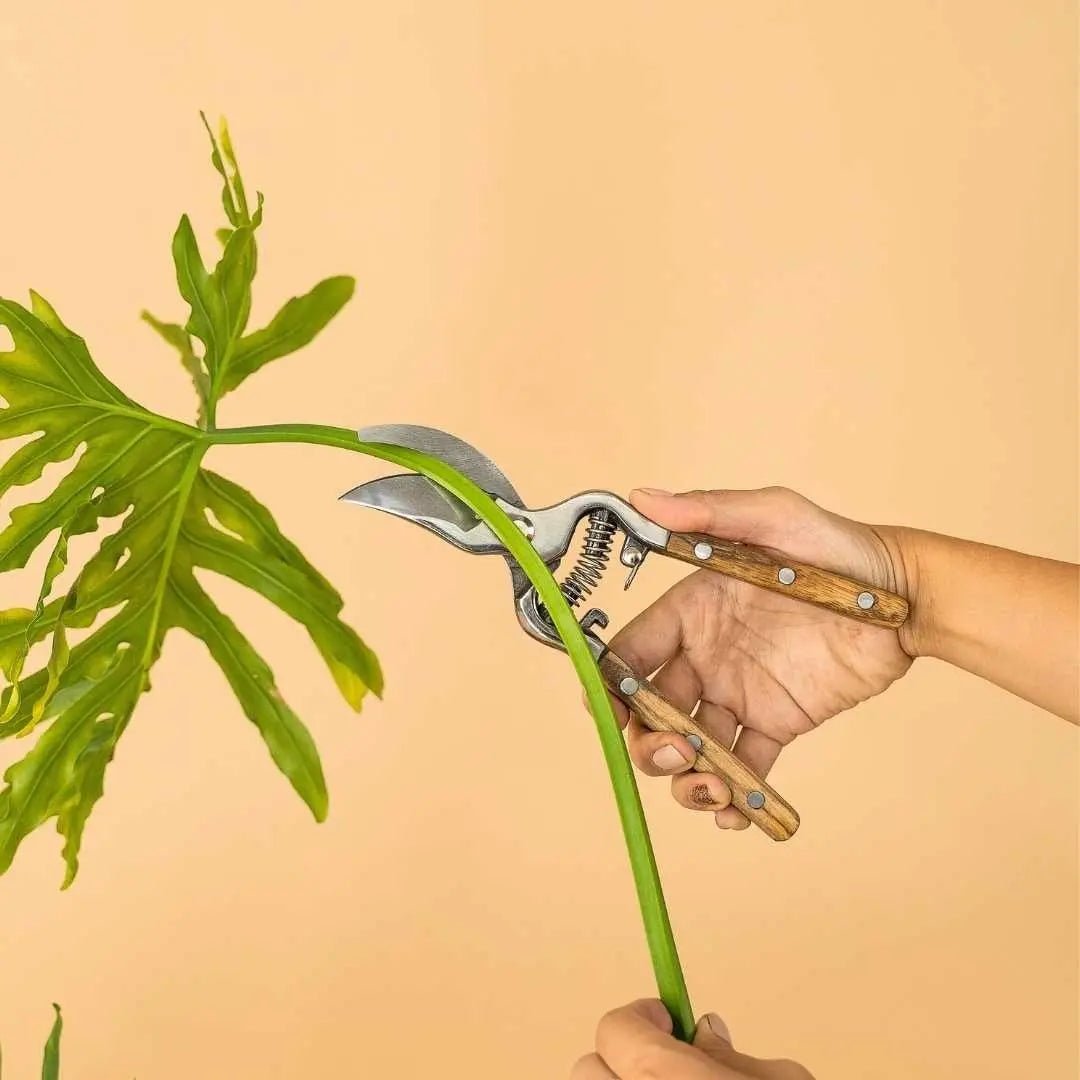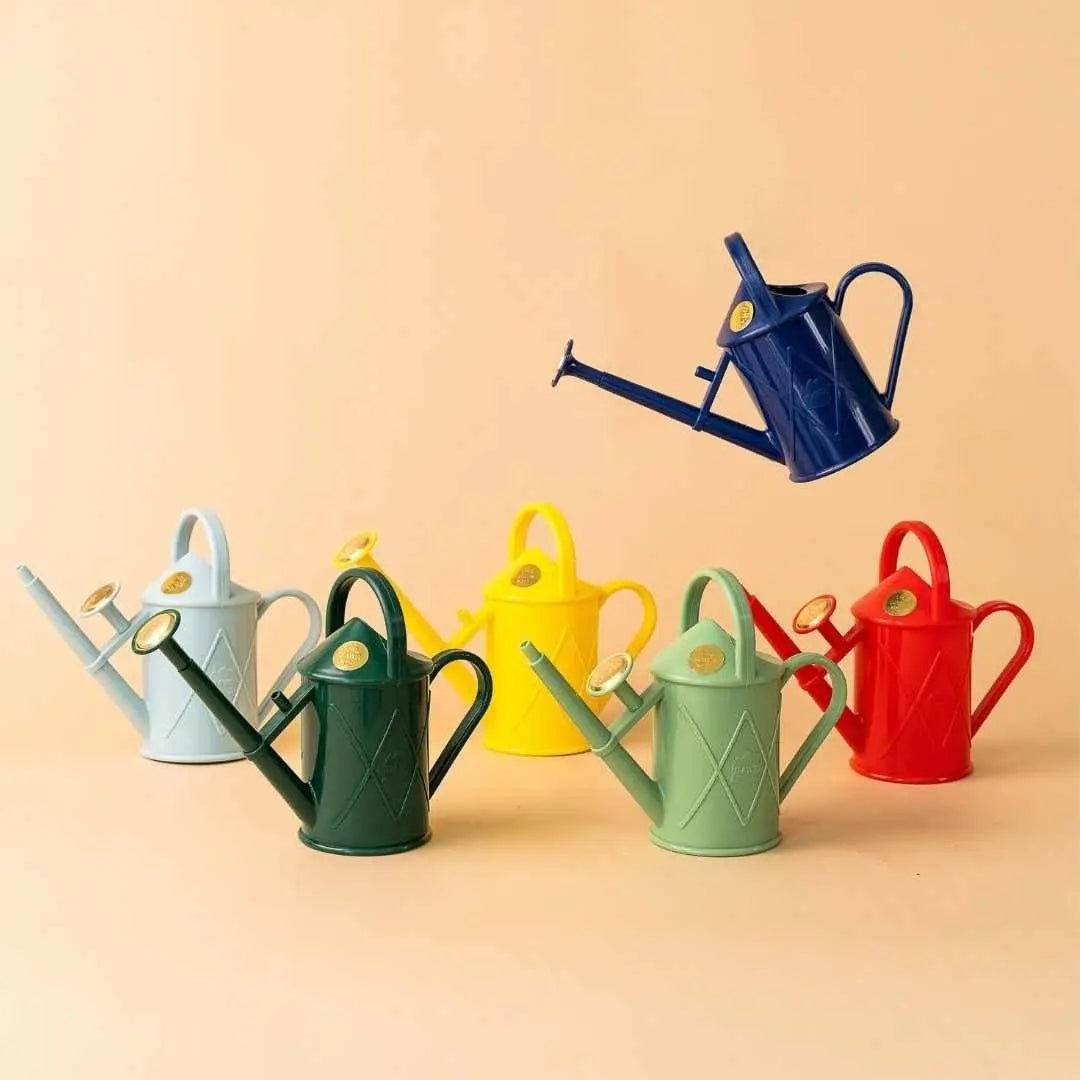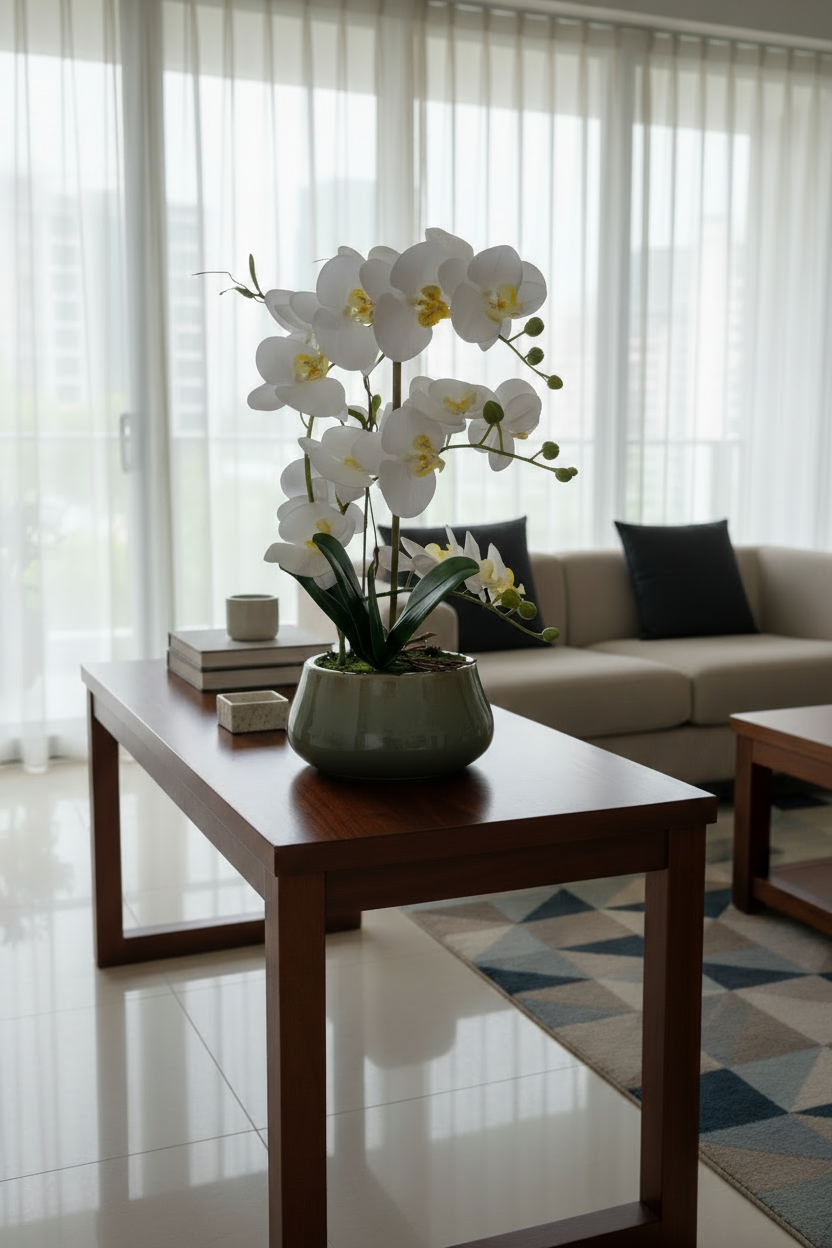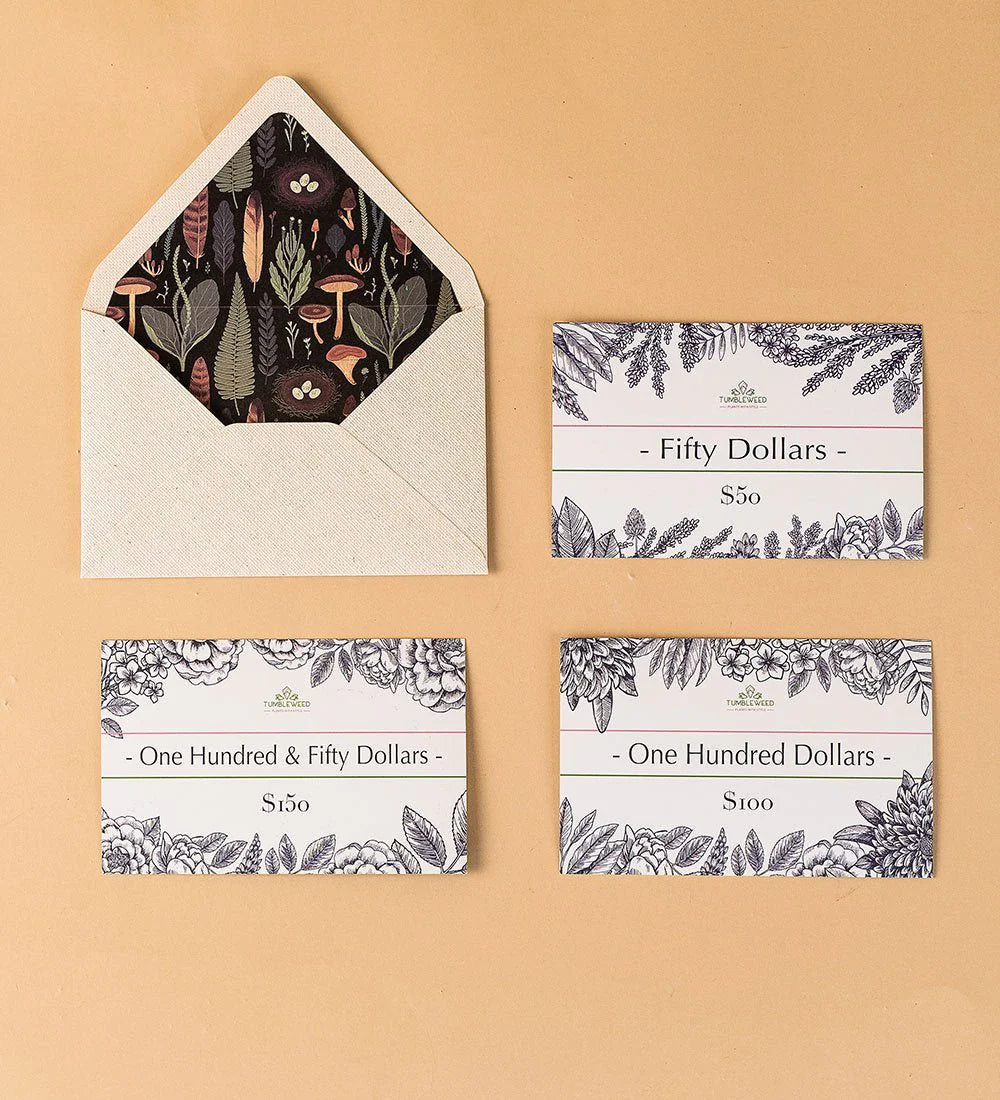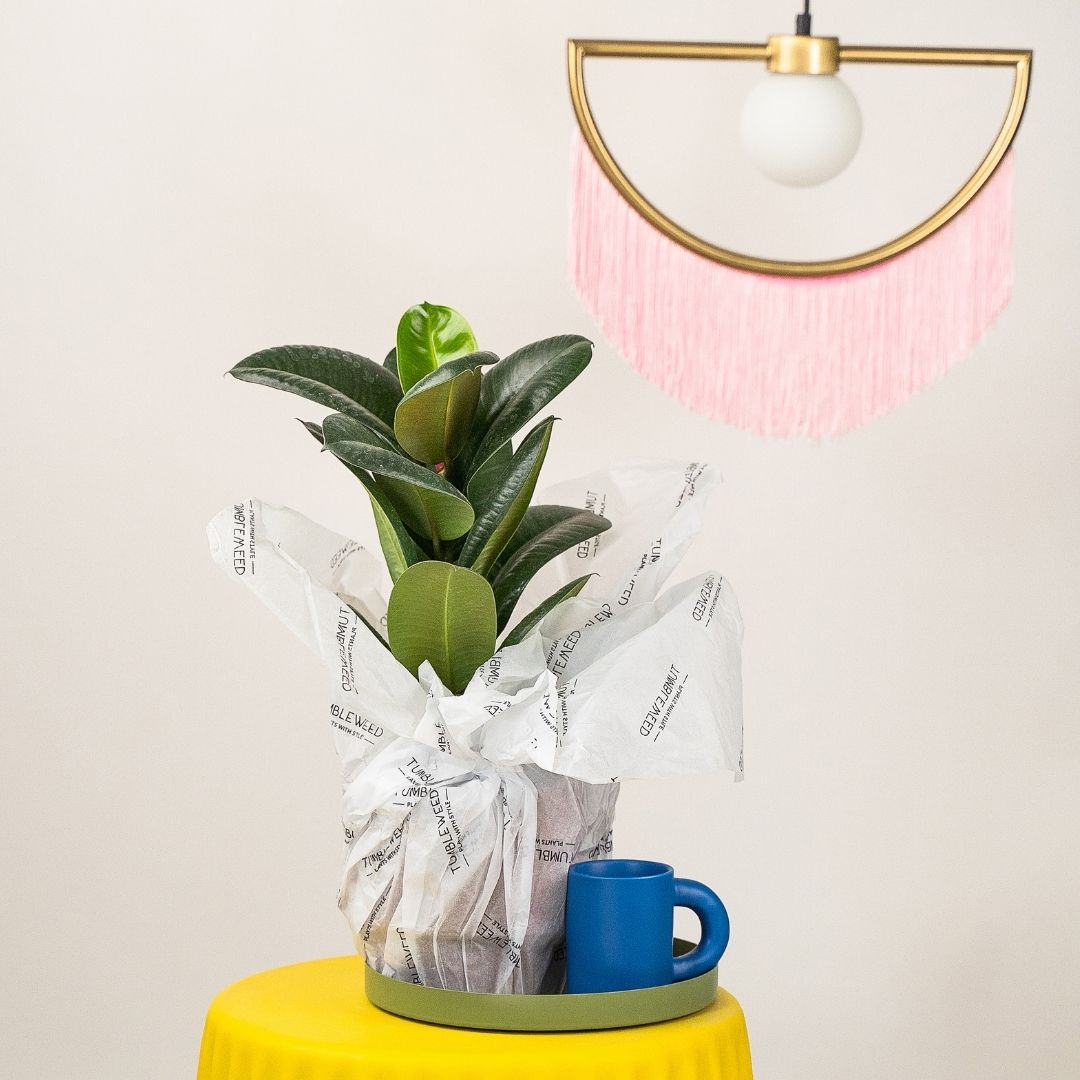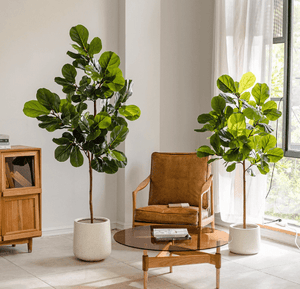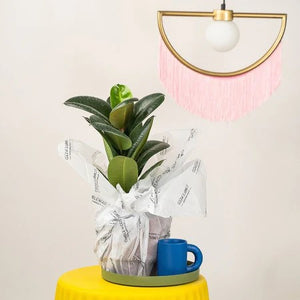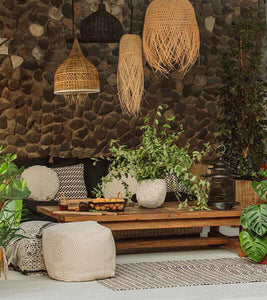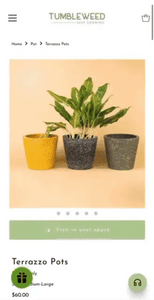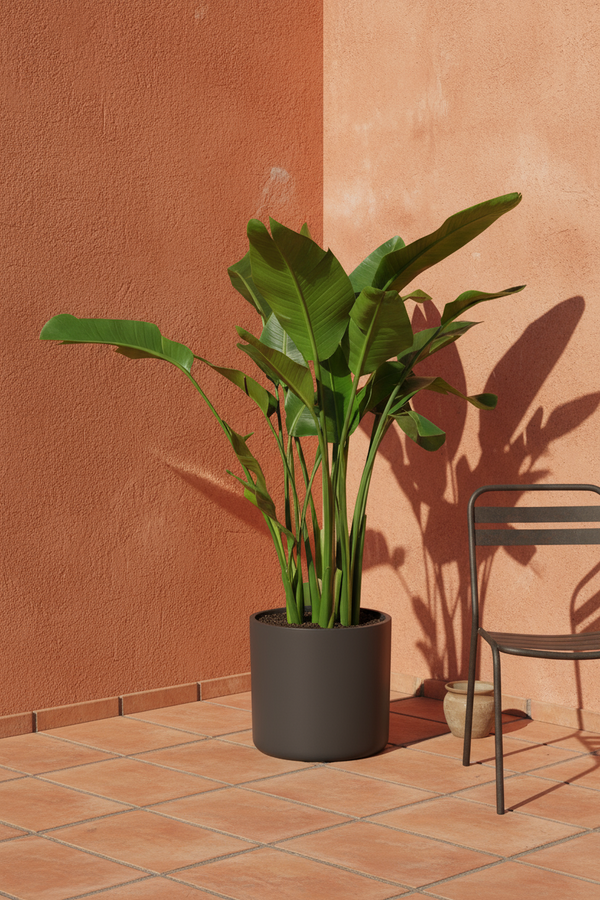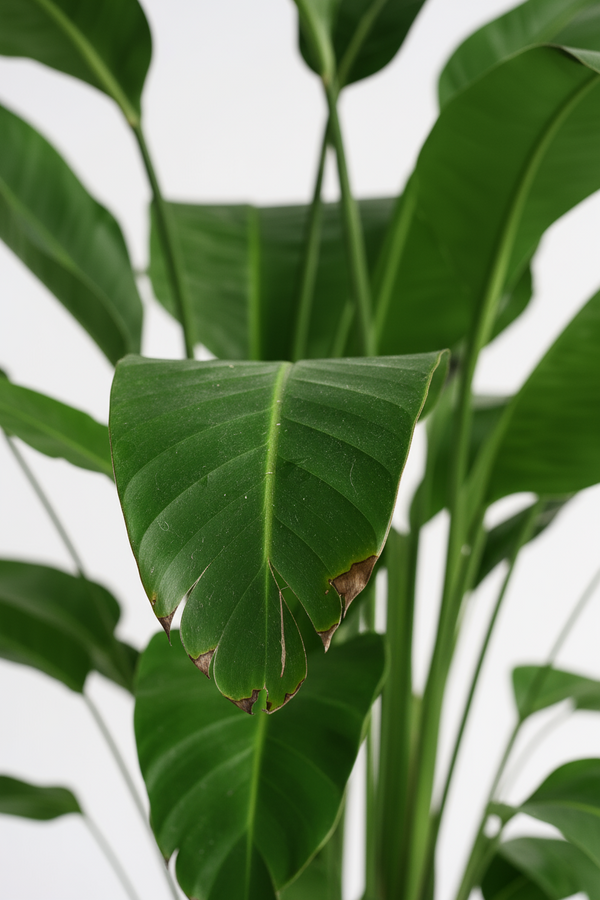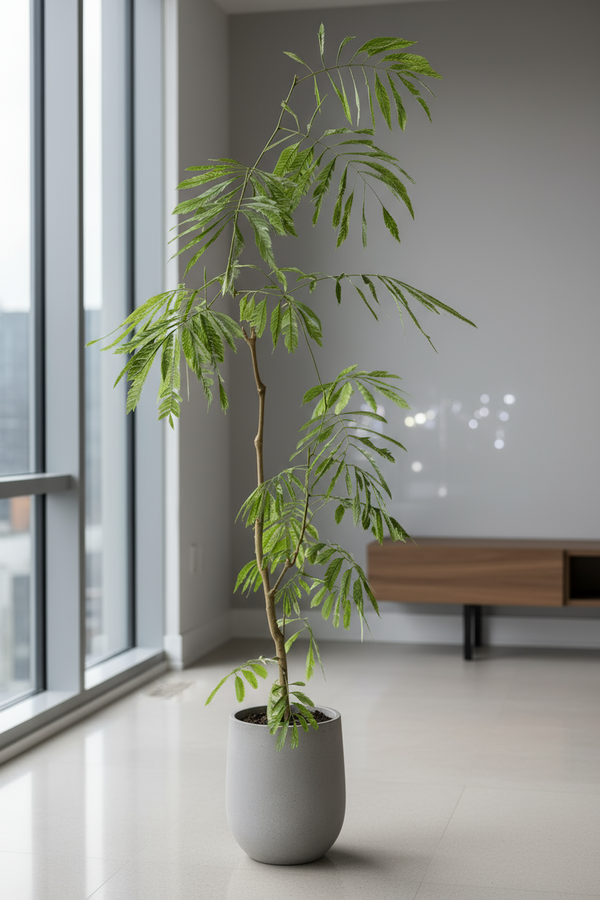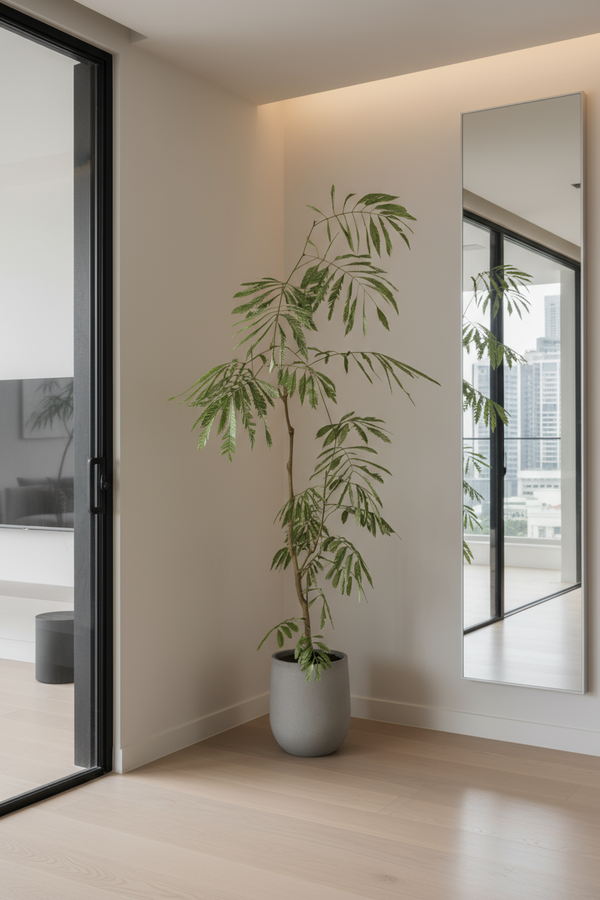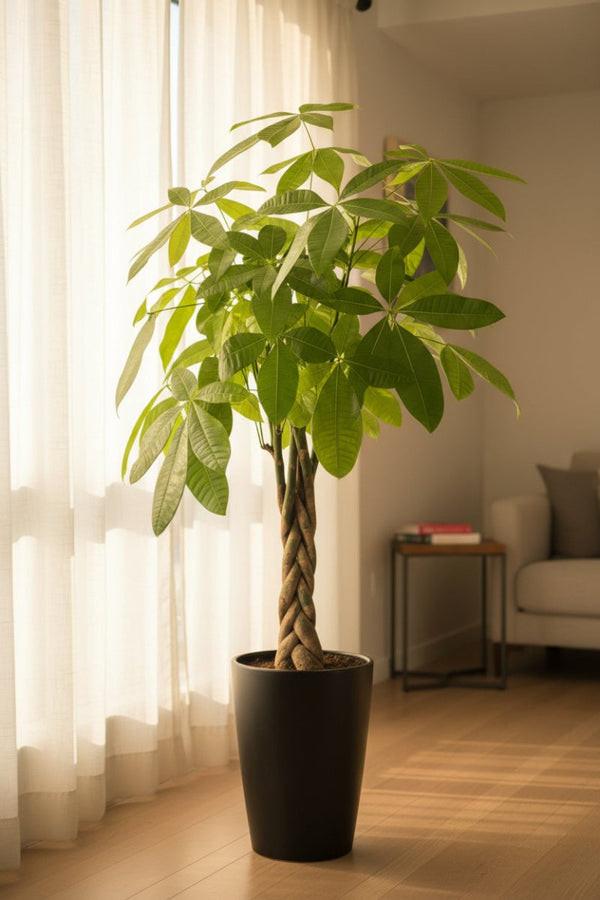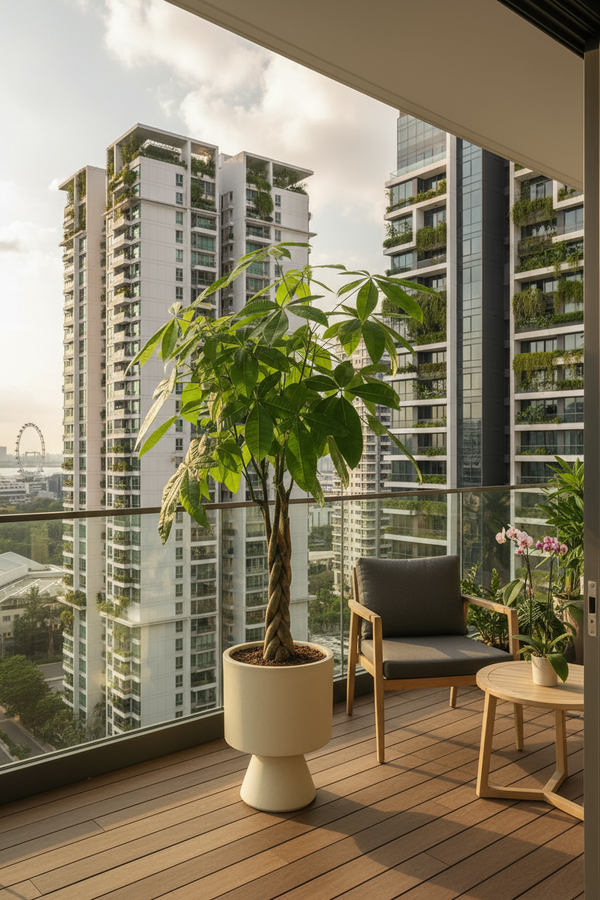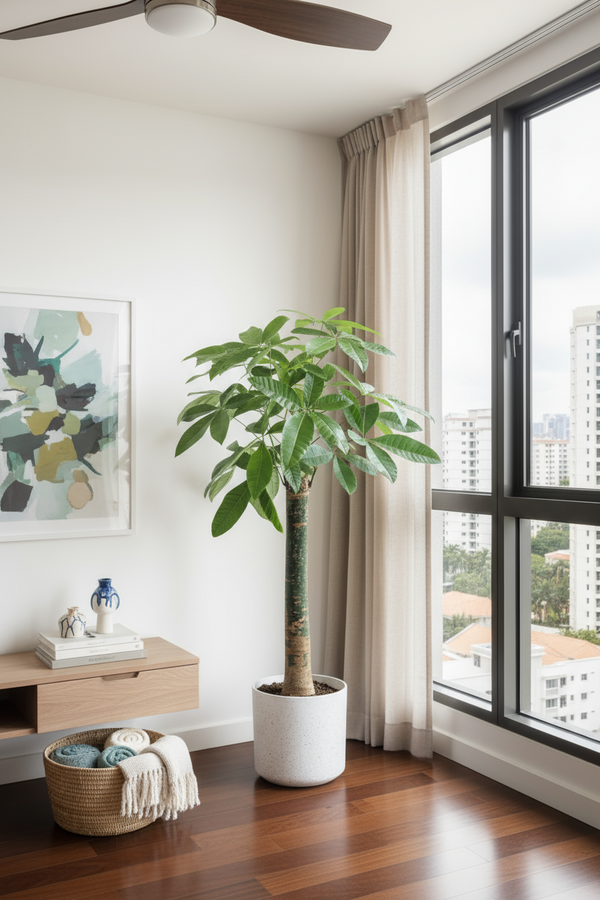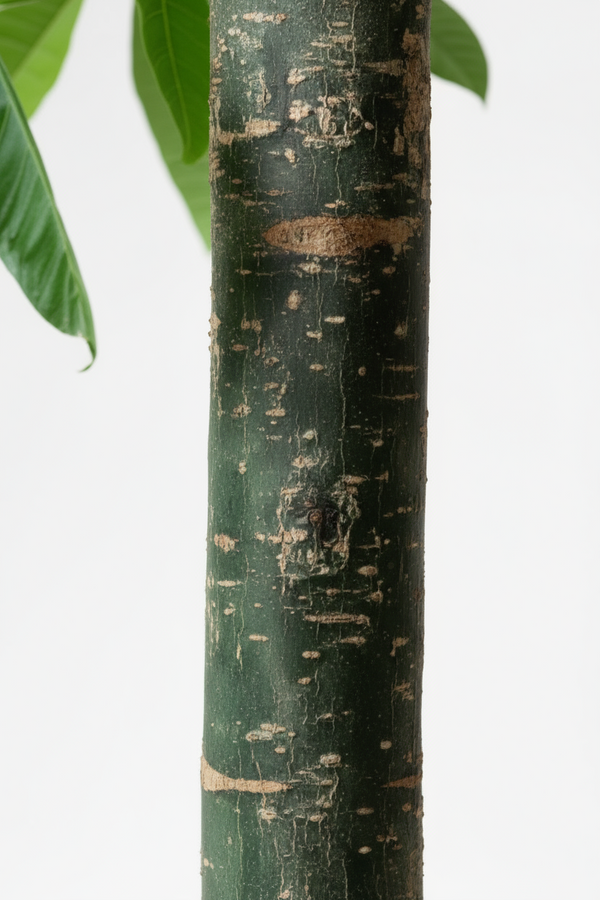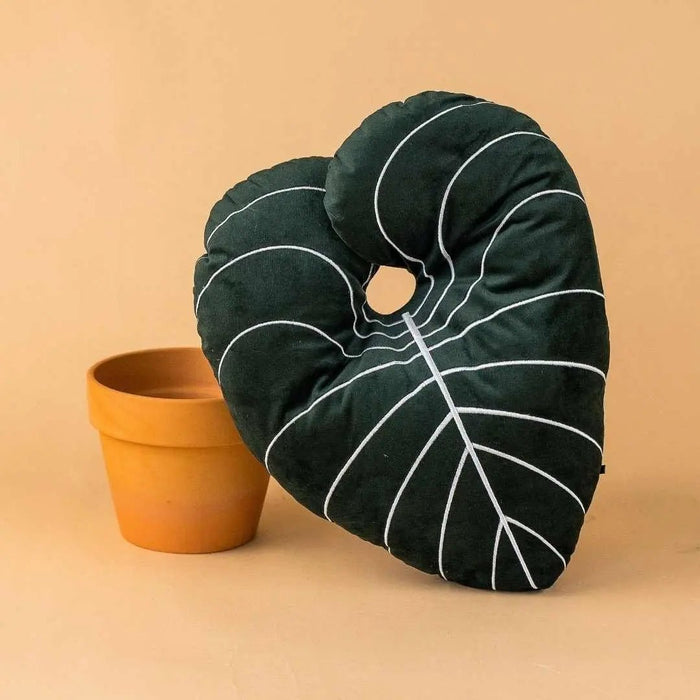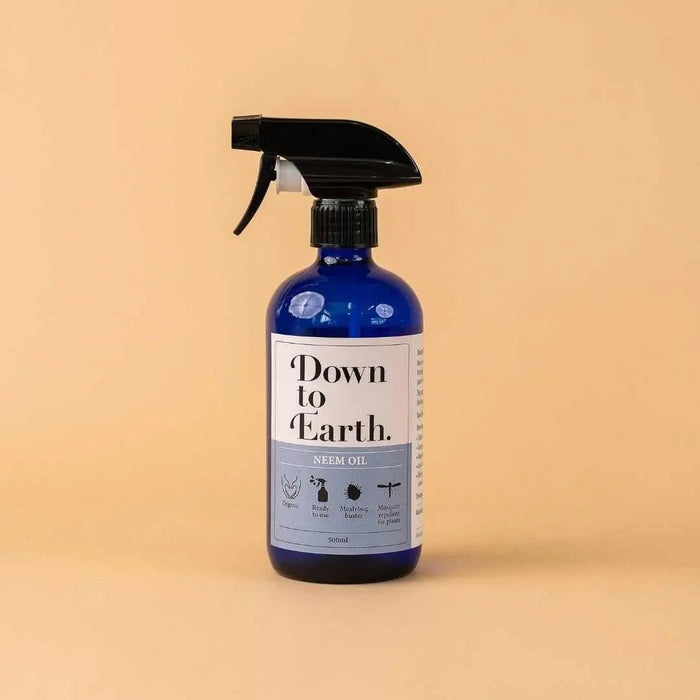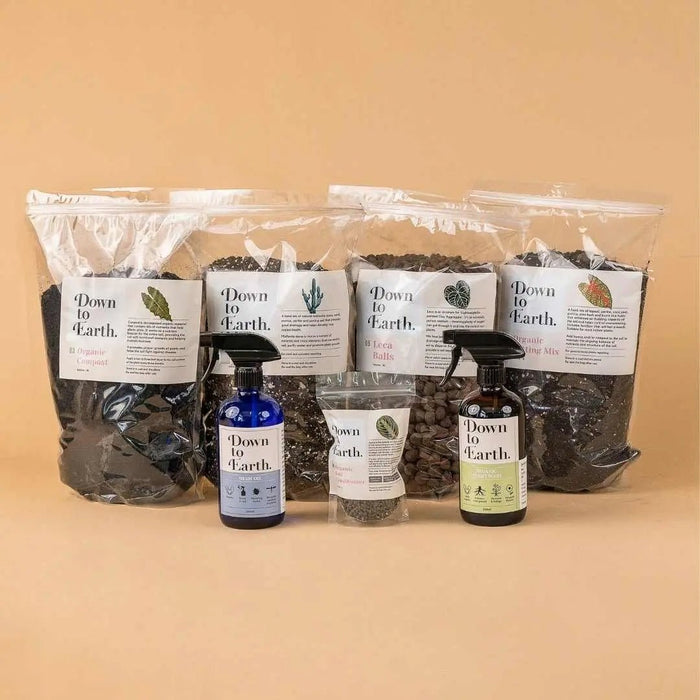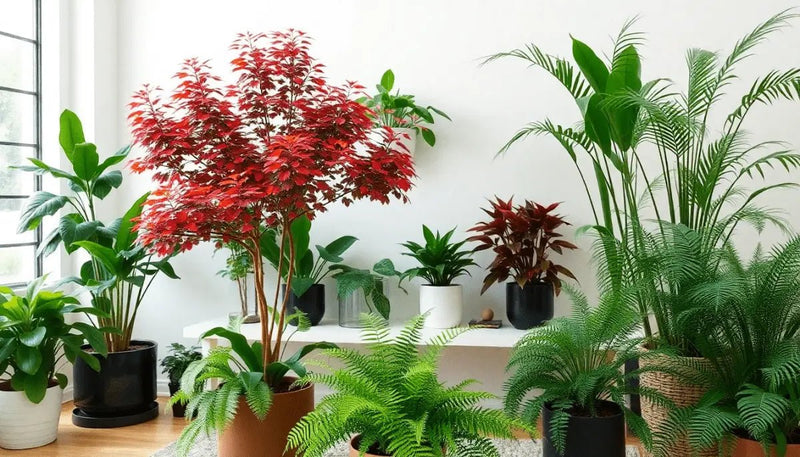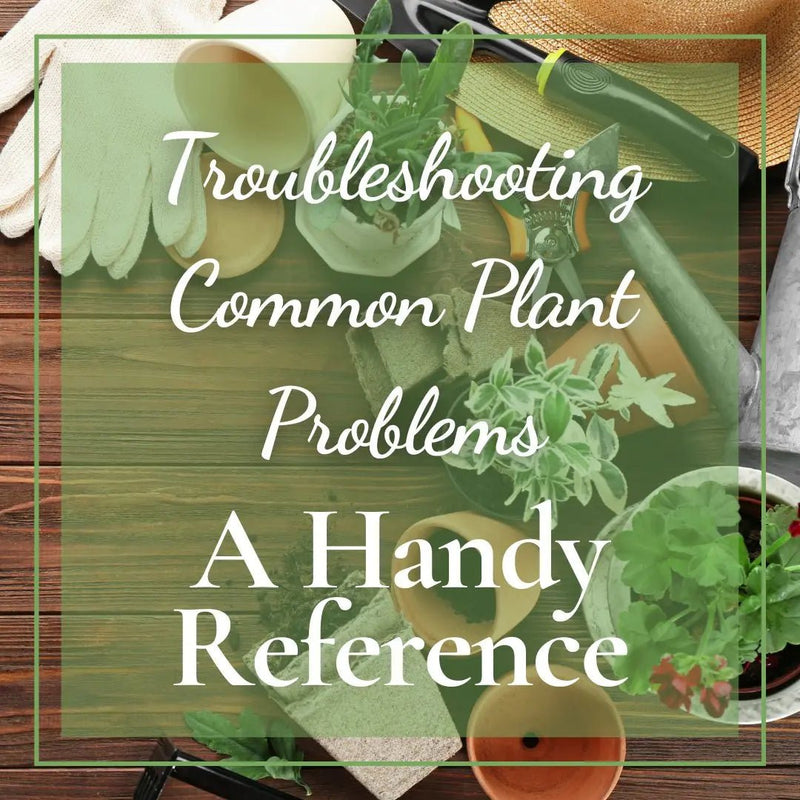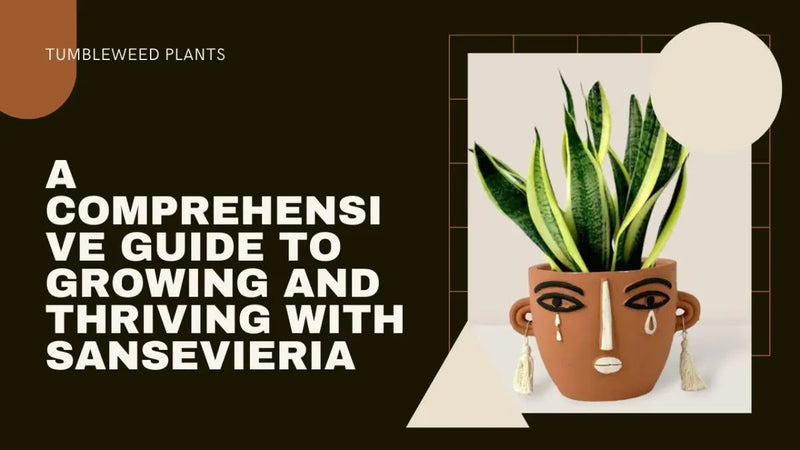What’s the deal with variegated houseplants?
Posted on April 18 2021
You might have noticed a big trend last year in variegated houseplant varieties, like Philodendron Pink Princess, Monstera Albo, Thai Constellation Monsteras and countless other variegated Philodendron species.
Plants like these were lighting up Instagram and Pinterest feeds and booming amongst specialist plant sellers but they come at a cost. Selling prices have been, ahem, dynamic and it’s fair to say owning one of these plants carries some risk. So what are the issues with these types of plants? Let’s take a closer look.
What are variegated plants?
Variegation simply means differences in colours on a plant’s leaves or stems. Whilst not very common in nature in the context of plant life as a whole, variegated plants have an outsized representation amongst the types of ornamental plants we buy because they look so pretty.
As a result, they’ve been cultivated for a long time and there are plenty of commonly available variegated houseplants out there, such as Philodendron Brasil, variegated Ficus Elasticas and Pothos N’Joy.
Leaf variegation arises due to a variety of causes, including ‘natural’ causes. This type of variegation includes what’s known as Reflective Variegation, where the different colour patterns are due to air pockets in the plant’s leaf structure (eg, Aluminium Plants, Watermelon Peperomia and Scindapsus Pictus) and Pigmented Variegation, where certain leaf patterns are part of the plant’s DNA (eg Calathea Rattlesnake, Maranta Leuconeura).

The other main type is what’s called Chimeral Variegation, where the variegation occurs due to a genetic mutation that causes two different types of chromosones to be present. This is the type that gives rise to the most dramatic effect in the plants mentioned in the intro.

Why have prices of these plants been rocketing?
A big part of it is down to the fact that they’re rare. Because the variegation in these plants is caused by genetic mutation, they can’t be propagated easily, so they’re less common and tend to be grown by specialists. The very fact that they’re not common is attractive to plant collectors and steeply rising interest and prices have in turn led to a surge in buying interest from plant retailers.
The variegation can be stark compared to the rest of the plant’s green leaves - bright white in Monstera Albo, bright pink in Philodendron Pink Princess and yellowy patches in Monstera Thai Constellation - and lead to visually impactful patterns that make great images on social media. A combination of these factors and rising public interest in houseplants has led to headline making prices, which in turn have caused more people to become interested in making money from them.
Care issues with variegated houseplants
You might have started asking yourself, are these genetic mutations stable and good for the plant? The white you see in these type of variegated plants is actually an absence of the pigment chlorophyll and chlorophyll is what’s needed to photosynthesize. So the variegated parts of the plant cannot convert carbon dioxide into sugars needed for the leaves to grow healthily.
Due to the lack of chlorophyll the variegated parts of the leaves tend to be limper and weaker than the rest of the leaf and are more susceptible to being damaged. The appearance of variegation on new leaves is also quite unpredictable and the plant as a whole will tend to grow more slowly than fully healthy plants.
A conversation we had with a specialist grower recently led him to declare Philodendron Pink Princess one of his least favourite plants on account of its difficulty and unpredictability!

Sustainability issues with variegated houseplants
There are reports of practices used by growers to artificially create variegation for in demand varieties, including treating them with chemicals, which can add to the instability of the variegation. We’ve heard such reports ourselves from growers and it caused us to rethink our approach to sourcing some of these rare varieties. Needless to say, you probably want to know if your plant has been treated with toxic material during the growing process.
In the end we can all make up our minds about what we’re willing to accept in our plants but prudent plant owners should have in mind that some of these variegated varieties need extra care and can have controversy attached. If you’re parting with a substantial sum for one of these plants we recommend you do some checking about the source.

